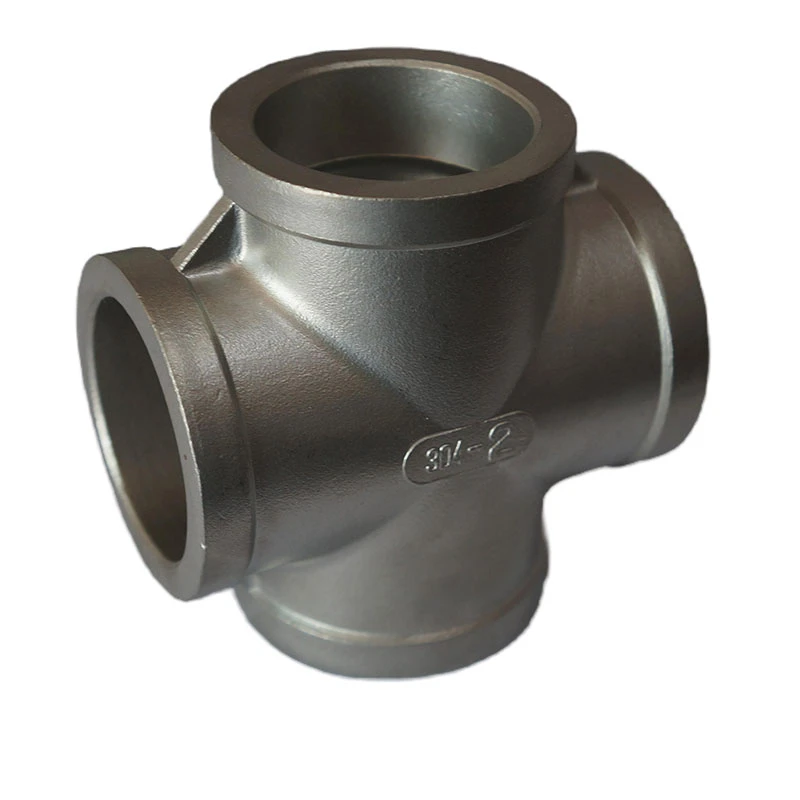quality die casting
Understanding Quality in Die Casting A Comprehensive Overview
Die casting is a metal casting process that creates objects by forcing molten metal into a mold cavity. This technique has gained popularity due to its ability to produce complex shapes with high precision and excellent surface quality. However, the quality of die casting is crucial in determining the performance, durability, and overall success of the final product. This article explores the importance of quality in die casting, the factors affecting it, and best practices for ensuring high-quality outcomes.
Importance of Quality in Die Casting
Quality in die casting is paramount for several reasons. Firstly, high-quality die cast parts exhibit superior strength and structural integrity. Products made with quality die casting processes can withstand extreme conditions and have longer lifespans, making them more reliable for end users. Secondly, the aesthetics of die cast products—such as surface finish and dimensional accuracy—can significantly impact marketability. In industries like automotive and consumer electronics, visual appeal is often as important as functionality.
Moreover, maintaining high quality reduces waste and rework costs. Poor-quality castings lead to defects, which necessitate scrapping or repair, increasing overall production costs. By focusing on quality, manufacturers can achieve higher efficiency and better profit margins.
Factors Affecting Quality in Die Casting
Several factors influence the quality of die casting products
1. Material Selection The choice of metal alloy affects the final characteristics of the die casted part. Common materials include aluminum, zinc, and magnesium, each offering different benefits in terms of weight, strength, and corrosion resistance.
2. Mold Design and Maintenance The complexity and precision of the mold design are critical. Well-designed molds facilitate proper flow and cooling of molten metal, reducing the chances of defects like porosity or misalignment. Regular maintenance of molds is also essential to prevent wear and tear that could compromise product quality.
3. Temperature Control The temperature of both the molten metal and the mold has a significant impact on the casting process. Proper temperature settings ensure the metal flows easily into the mold and solidifies evenly, reducing the risk of cracks and other defects.
quality die casting

4. Injection Pressure and Speed The injection pressure and speed at which molten metal is injected into the mold determine how well the metal fills the cavity. Optimizing these parameters ensures thorough filling and minimizes the risk of incomplete castings.
5. Cooling Rate The rate at which the molten metal cools influences the microstructure of the final product. Controlled cooling can help achieve desirable mechanical properties and minimize residual stresses.
Best Practices for Ensuring High-Quality Die Casting
To achieve and maintain high quality in die casting, manufacturers should consider the following best practices
- Invest in Technology Modern die casting machines equipped with advanced monitoring systems can track real-time data, allowing for immediate adjustments to improve quality.
- Conduct Regular Quality Control Implementing rigorous testing and inspection protocols ensures that defects are identified and addressed early in the production process.
- Training and Development Continuous training of personnel involved in the die casting process enhances their skills and knowledge, leading to improved quality outcomes.
- Collaboration and Communication Close collaboration between design engineers, production staff, and quality control teams ensures that potential quality issues are addressed proactively.
In conclusion, the quality of die casting significantly affects the performance and marketability of end products. By understanding the factors that influence quality and implementing best practices, manufacturers can enhance their die casting processes, ultimately leading to superior products and greater success in the industry. Investing in quality is not merely a cost but a necessary strategy for achieving excellence in die casting.
-
OEM Sand Cast Pump Valve Fittings - Baoding Hairun | Precision Engineering, CustomizableNewsJul.30,2025
-
OEM Sand Cast Pump Valve Fittings - Baoding Hairun Machinery And Equipment Trading Co., Ltd.NewsJul.30,2025
-
OEM Sand Cast Pump Valve Fittings - Baoding Hairun Machinery And Equipment Trading Co., Ltd.NewsJul.30,2025
-
OEM Sand Cast Pump Valve Fittings - Baoding Hairun Machinery|Precision Engineering&Fluid ControlNewsJul.30,2025
-
OEM Sand Cast Pump Valve Fittings - Baoding Hairun Machinery And Equipment Trading Co., Ltd.NewsJul.30,2025
-
OEM Sand Cast Pump Valve Fittings-Baoding Hairun Machinery And Equipment Trading Co., Ltd.NewsJul.30,2025















